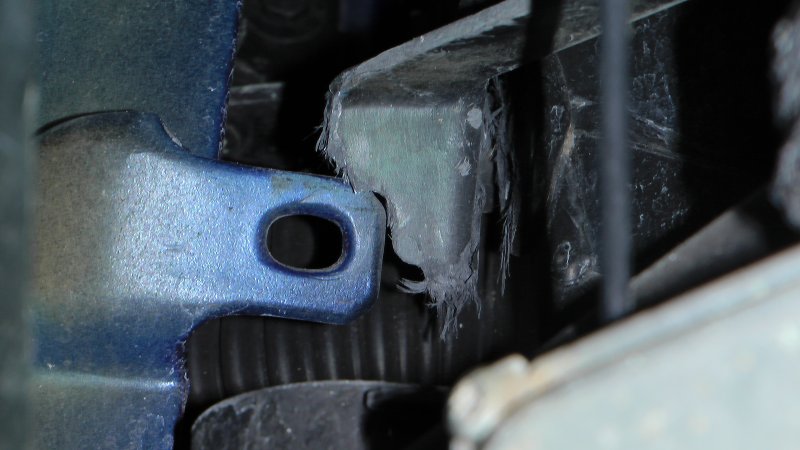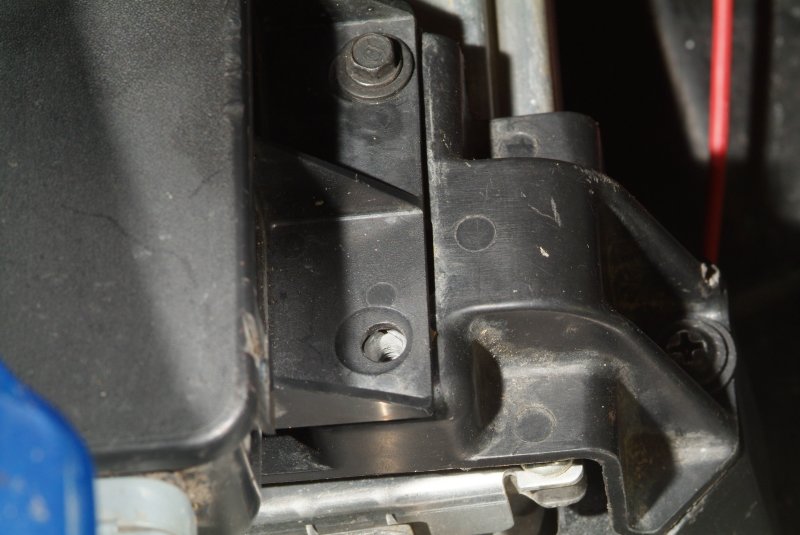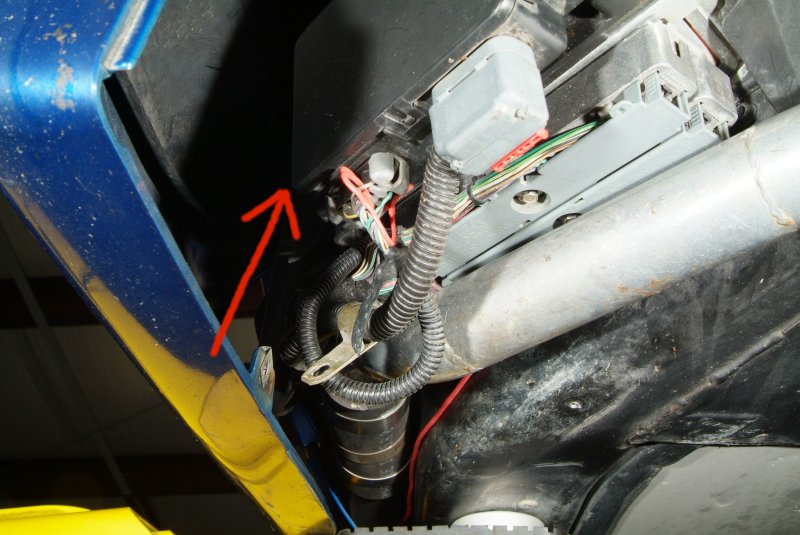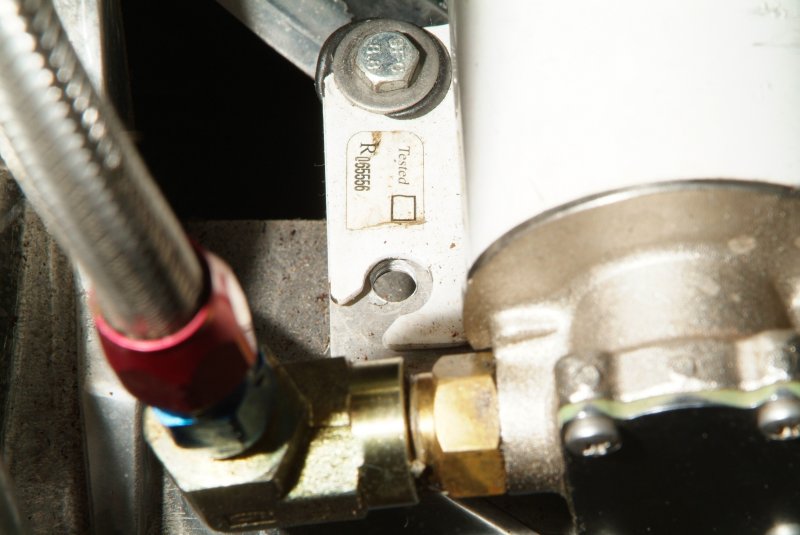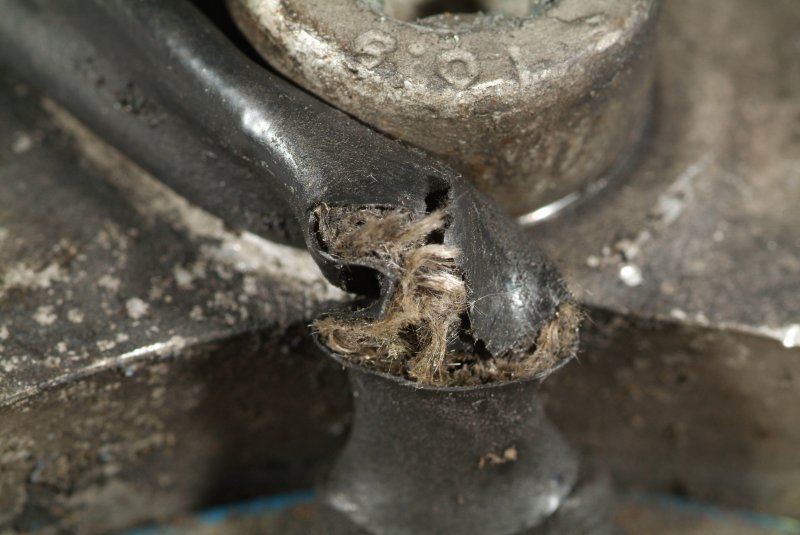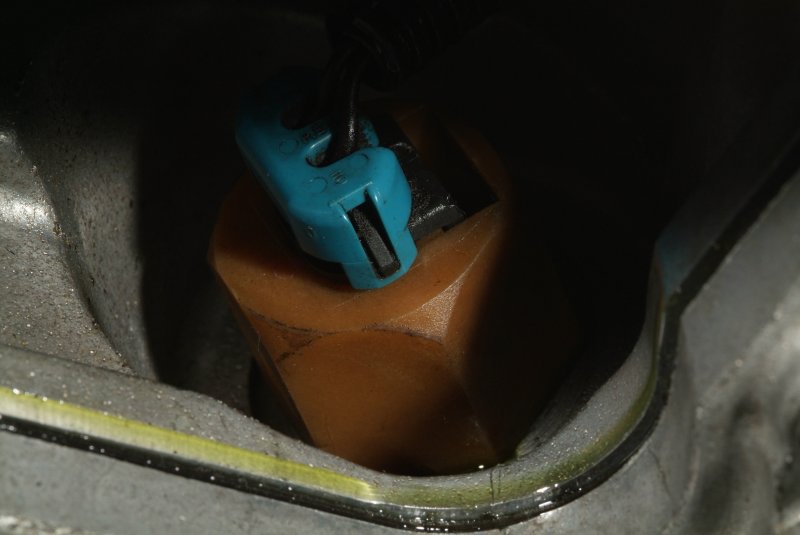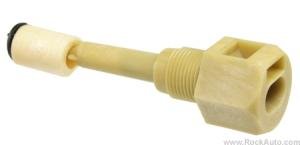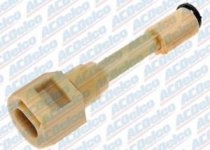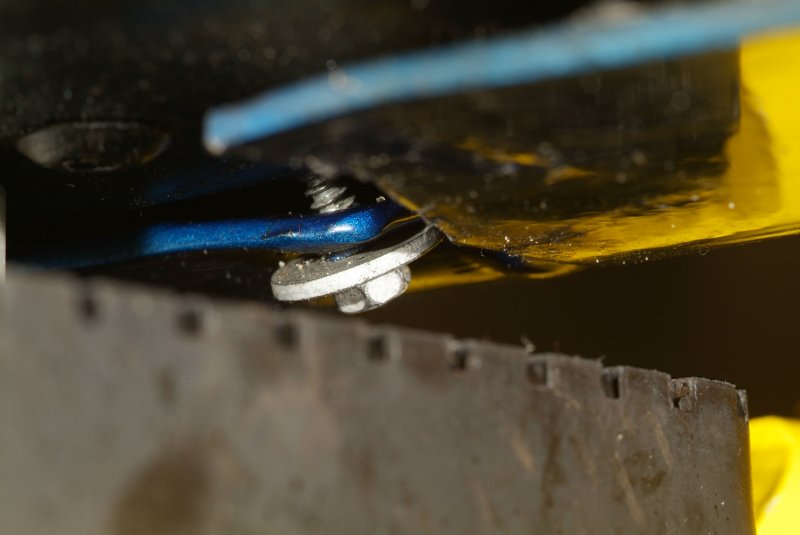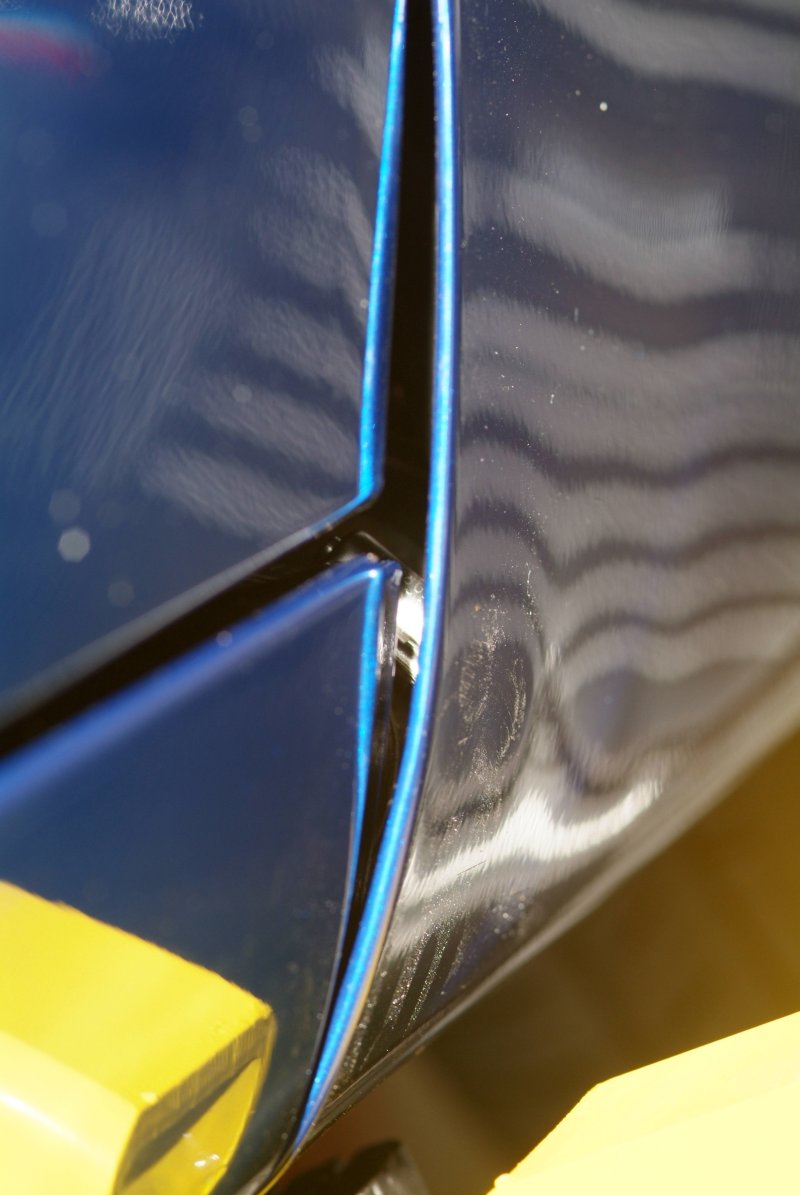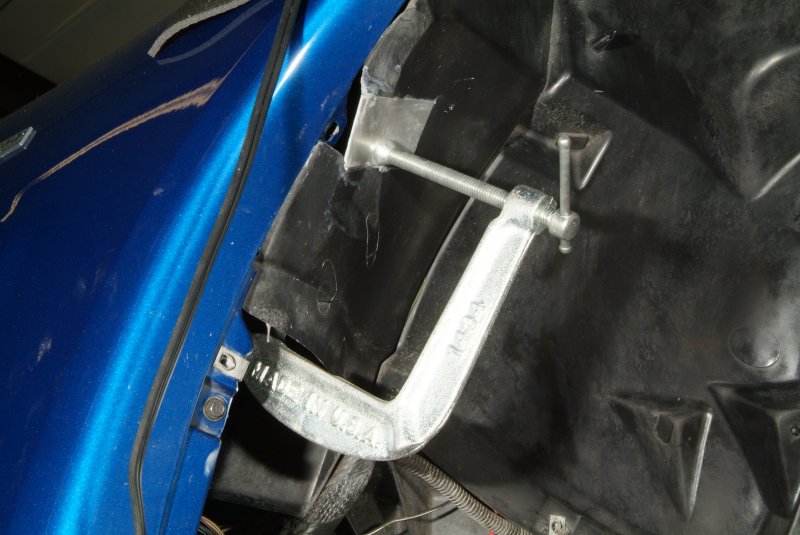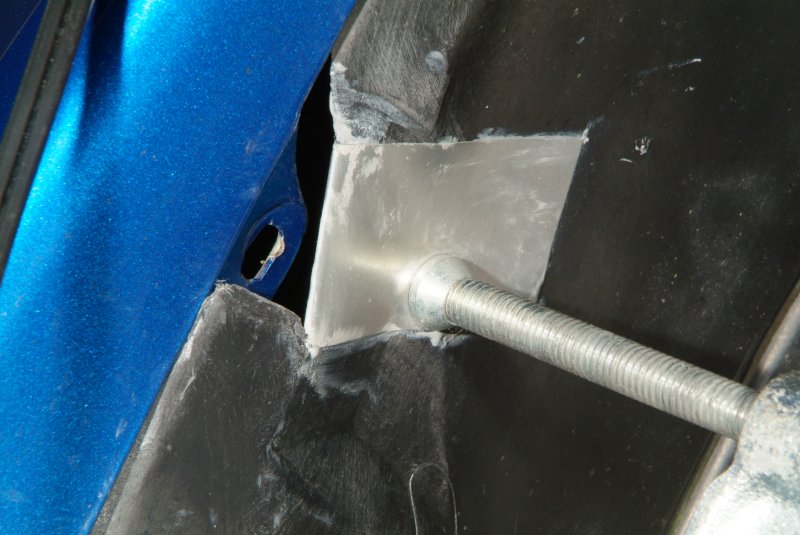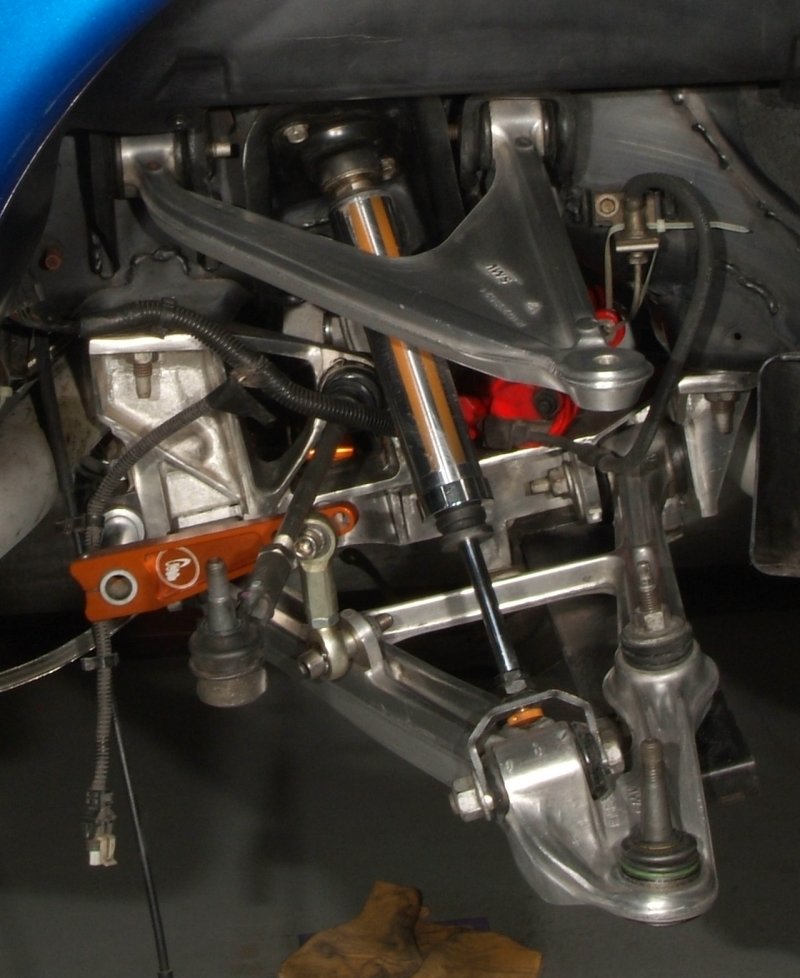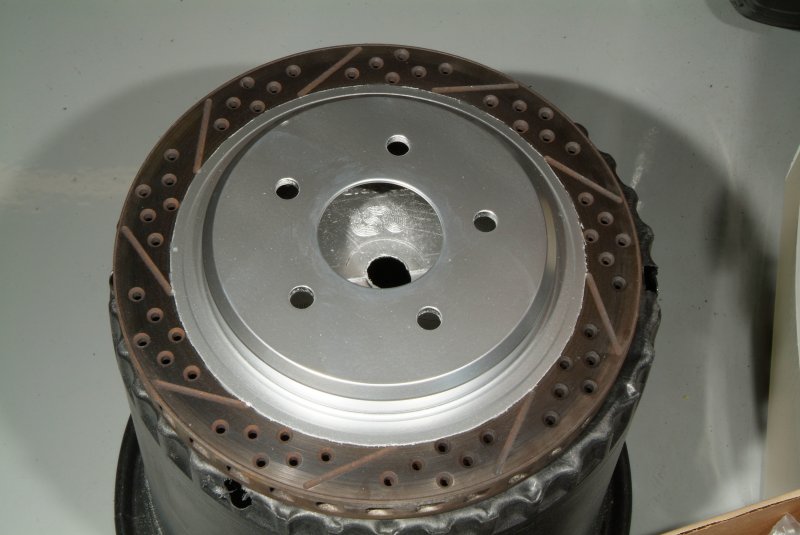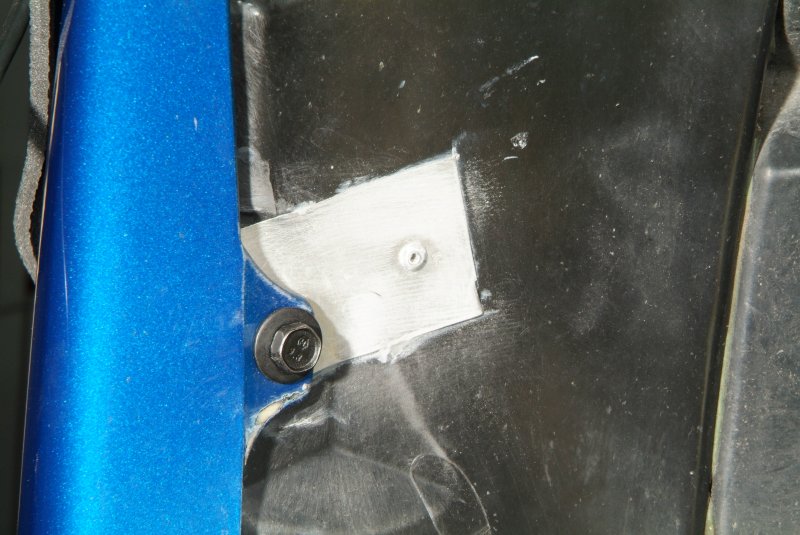Hell, Rich, after the last few posts by you........it's no wonder that Aaron was
"antsy" when you drove the car home. All of those sloppy, half done, repairs are
a sure guarantee of a "train wreck". I would be willing to bet that he was
wearing Depends when you took the car home. I would have been if I returned
a car in that condition. BUT............on the bright and good news side........it's now
at your place where you can work on it, AND DO THE JOB RIGHT! It might be a
real pain in the ass, but when you're done with it, there will be some pride in
doing it right as well as some satisfaction in knowing that it will be reliable. All
of the help available to you on this, and other, forums should get you through
the problems and help you to learn more about your car. Been a rough couple of
years, but now that you have the car back and are tackling the problems yourself,
the light at the end of the tunnel is getting brighter and bigger and it AIN'T NO
TRAIN COMING AT YOU EITHER! Oh yeah, and one other thing..........I ain't
rooting for the Ravens this Sunday. If you're a Ravens fan, you're on the other
side of the stadium from me!

Andy Anderson :wavey:

